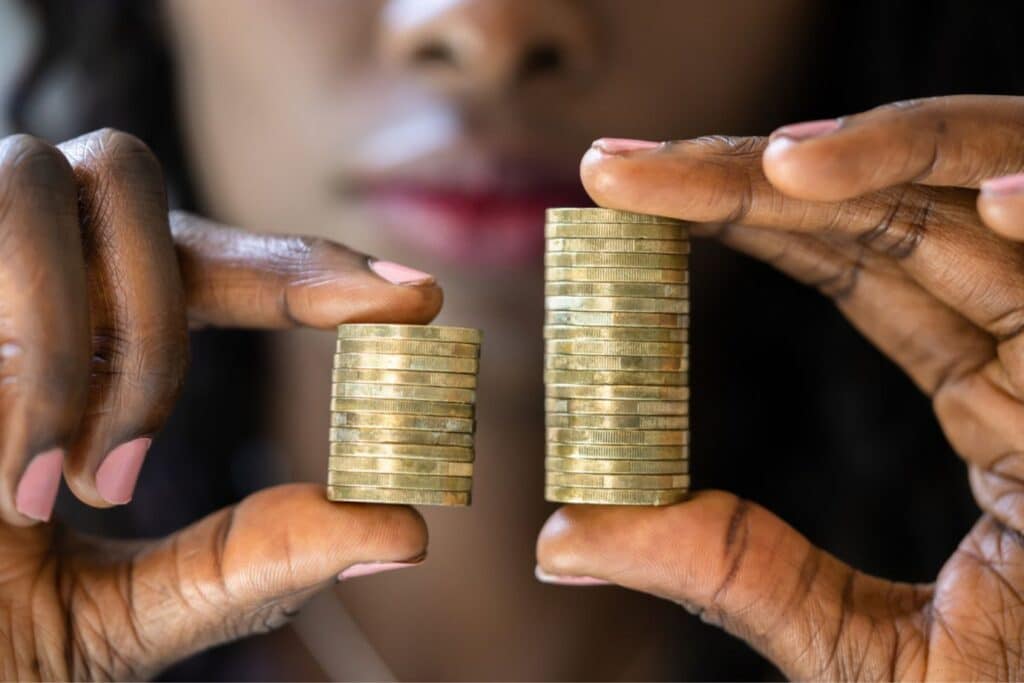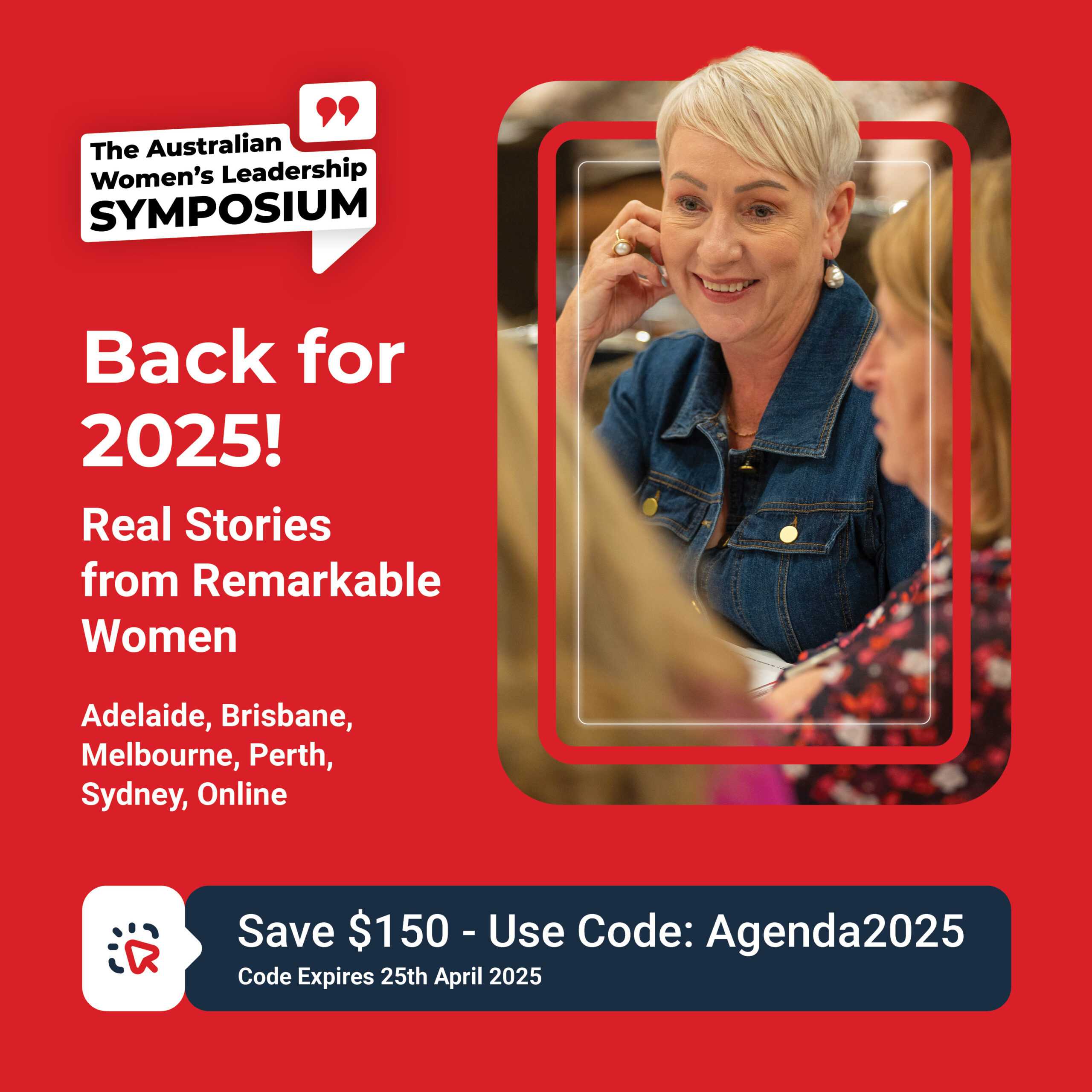The Workplace Gender Equality Agency (WGEA) has released the median gender pay gaps of more than 5000 firms, highlighting some grim realities in gender equality across industries in Australia.
According to the Australian Bureau of Statistics (ABS), Australia has a national gender pay gap of 12 per cent, while WGEA’s total remuneration gender pay gap is 21.7 per cent.
Up until now, the gender pay gaps within organisations have never been made public. However, with the new data release, employees can find out how much less – or more, in some cases – they are earning compared to their male counterparts.
WGEA has calculated the median gender pay gap of these organisations by finding the difference between the median of what a man is paid and the median of what a woman is paid within a company.
The findings show there is a median gender pay gap in every single industry in Australia. The largest median gender pay gap was found in the construction industry (31.8 per cent), while the Accommodation and Food Services industry has the lowest at 1.9%.
Among the 5000 companies WGEA has released data on, Women’s Agenda has picked 20 organisations that stood out for their results – some in a good way, others in a not-so-good way. Here’s what we found.
Commonwealth Bank (29.9 per cent)
At the Commonwealth Bank, women make up 54.4 per cent of the workforce, but figures released today show there is a 29.9 per cent gender pay gap at the bank. The bank says it has a goal of achieving 47-50 per cent gender equality in executive manager and above roles by 2025.
Westpac Banking Corporation (28.5 per cent)
Westpac’s gender pap sits at 28.5 per cent, just lower than the Commonwealth bank’s but higher than ANZ Bank (23.1 per cent) and NAB (18.8 per cent). The median gender pay gap for the financial and insurance services industry is 26.1 per cent. Westpac has often been considered a leader in gender equality in the sector, having appointed the first female CEO of a ‘big four’ bank, Gail Kelly, in 2008.
Qantas (37 per cent)
At Qantas, there is a total remuneration gender pay gap of 37 per cent, much higher than the average gender pay gap for its industry (Transport, Postal and Warehousing), according to WGEA, which sits at 20.4 per cent. On its website, Qantas states it has a long-term commitment to “ensuring merit-based gender diversity in aviation”. Currently, women make up 38 per cent of senior management, and the airline has a goal to increase this to 42 per cent by 2024.
Virgin Australia Airlines (41.7 per cent)
At 41.7 per cent, Virgin Airlines has a total remuneration gender pay gap much larger than its industry average (20.4 per cent). The company’s “belonging policy”, published in April 2023, makes a commitment to the Workplace Gender Equality Act for “fair and equitable” outcomes for staff regardless of their gender.
Jetstar Group (43.7 per cent)
Jetstar’s gender pay gap is the highest of all major commercial airlines in Australia,. more than double the industry average (20.4 per cent).
HBF Health Limited (38 per cent)
HBF Health has already released its gender pay gap of 38 per cent, which sits above the industry average of 31.8 per cent (Financial and Insurance Services). In its Gender Pay Gap
Employer Statement 2024, the company commits “to see women and men equally represented, valued, and rewarded in the workplace, and are committed to playing our part to make that happen”. Sixty-six per cent of the workforce at HBF Health are women.
Atlassian (18.1 per cent)
Atlassian’s gender pay gap is lower than the industry median (Professional, Scientific and Technical Services), which is 26.1 per cent. Atlassian is an endorsed employer by WORK180, an organisation that champions diverse and equitable workplaces.
The Law Society of NSW (13.9 per cent)
The Law Society of NSW is more than ten percentage points below the industry median (Professional, Scientific and Technical Services). On the council of the organisation, 13 out of 17 members are women.
Pandora Jewelry Pty. Limited (52.3 per cent)
The industry median gender pay gap for retail trade is 7.1 per cent. This means Pandora Jewelry’s gender pay gap is almost eight times higher than the industry average. On its website, Pandora Jewelry aims to achieve 1/3 women in leadership by 2025, and reach full gender parity “no later than 2030”.
Apple Pty Ltd (5.5 per cent)
Apple’s gender pay gap is nearly a third below the industry average for wholesale trade. The tech company’s policy follows the general idea of “equal pay for equal work” – regardless of gender – according to its website.
Tennis Australia (-0.3 per cent)
The gender pay gap at Tennis Australia is in negative at -0.3 per cent. The organisation has a strong Women and Girls Strategy for 2022-2027, which has helped bring the pay gap to be the lowest in Australia’s sporting sector and well below the industry average (5.5 per cent for Administrative and and Support Services.
Collingwood Football Club (44 per cent)
Collingwood Football Club has the highest gender pay gap out of the 18 football clubs. CFC has a strong commitment to gender equality, inclusivity and diversity through partnering with Stand-Up Events; however, a 44 per cent gender pay gap indicates there is still a way to go to foster pay equality in the organisation.
Fortescue Metals (14.6 per cent)
At Fortescue Metals, just 23 per cent of staff are women. The gender pay gap at the company, formerly headed by a female CEO, Fiona Hicks, sits just under the median total remuneration gender pay gap for a mining company (15.1 per cent), with a gap of 14.6 per cent.
Council of Newington College (11.7 per cent)
Newington College, a Sydney all-boys school, made headlines earlier this year for the school community’s resistance to enrolling going co-educational by 2030. The gendered attitudes displayed in the parents’ demonstrations isn’t far off from WGEA’s data: the college’s gender pay gap of 11.7 per cent is more than double the median for the education and training industry (5.2 per cent).
Randstad (18.5 per cent)
More than 60 per cent of the workforce at Australian talent company Randstad is made up of women. While the median gender pay gap for the industry (Administrative and Support Services) is 5.5 per cent, the organisation’s gender pay gap for total remuneration is more than double (18.5 per cent).
Seven West Media (13.8 per cent)
Seven West Media’s gender pay gap is more than ten percentage points lower than the industry average of 24.2 per cent (information media and telecommunications). However, the company’s gender pay gap is larger than Nine Entertainment and News Ltd.
Lorna Jane (37.1 per cent)
Lorna Jane is a women’s active wear manufacturer, yet their gender pay gap of 37.1 per cent is more than double the 18.1 per cent median pay gap in the industry. The female-founded brand is often vocal about women’s health and wellbeing, and the organisation has previously committed to checking that “we have no issues of unequal pay between genders”.
Coca-Cola South Pacific Pty Ltd (25.6 per cent)
As a whole-sale trader, Coca-Cola South Pacific sits well above the median gender pay gap of 14.1 per cent, with their own gap of 25.6 per cent. The Coca-Cola company is aiming to reach gender parity globally by 2030 and believe in “equal pay for equal work”.
John Holland (35.8 per cent)
The construction industry is male-dominated in Australia, with a median gender pay gap of 31.8 per cent. John Holland sits just above that by four percentage points (35.8 per cent). In 2023, John Holland, one of Australia’s biggest construction companies, was awarded WGEA Employer of Choice for Gender Equality citation for 2023.
Deloitte (16.7 per cent)
Deloitte’s gender pay gap is ten percentage points lower than the median average for the professional, scientific and technical services industry. However, it has the biggest gender pay gap out of the Big Four accounting firms.
Harvey Norman (29 per cent)
Headed by CEO Katie Page, Harvey Norman has a gender gap of 29 per cent, well above the median of 16.6 in the Rental, Hiring and Real Estate Services industry.


